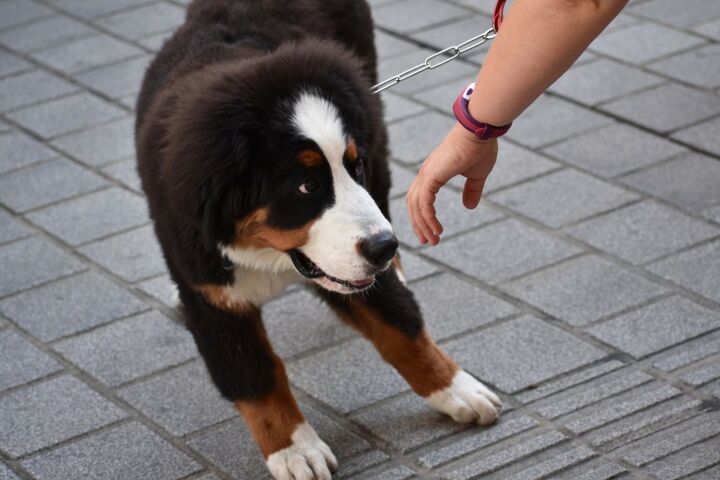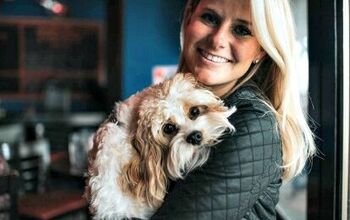How to Connect With a Skittish Dog

While some dogs are understandably anxious due to past mistreatment, for others, being skittish is just part of their DNA. The big “however” is that regardless of the cause, a nervous dog needs to overcome his fears because at some point in life he will need to interact with others and play nice. Take for example, a visit to the groomers, a date with his dog walker, meeting a new pet-sitter or what if he needs a once-over at the vet’s office? Winning his trust and bringing him out of his shell isn’t easy, but it also isn’t an option. That said, it isn’t rocket science, either.
Related: Should You Bring Your Nervous or Reactive Dog to the Dog Park?
Check out these five easy tips for how to win the trust of a skittish dog:
- Before making a move, assess the dog’s body language. Is he stiff and ill at ease? Are his ears low and pulled back, as if he’s ready to do battle? Is he growling or baring his teeth? What about his tail – is it tucked in tight between his legs? Is he trembling? All are indications that he’s extremely anxious and could be ready to bite.
- Begin a reassuring interaction before you start to approach the dog. Speak softly, calmly, and in a higher than normal pitch. Low, deeper tones can be perceived as threatening. Tell him he’s a good boy and have plenty of treats. A tasty tid-bit can quickly break down barriers. Toss it to him as you near, versus trying to have him take it from your hand.
- Check your body language – always approach from the side and don’t lean or bend over him. Crouch or kneel to get to his height in a non-threatening manner. And avoid continual, direct eye contact which can be construed as challenging him. Use quick, periodic glances to gauge his reaction to various stimuli and monitor his stress levels.
- When you begin to touch a nervous dog, always do so from beneath such as under his chin or chest versus the top of his head. Don’t pat – which can be mistaken for hitting – but take soft, long, gentle strokes.
- Don’t rush things. Just because he’s taken a treat and is allowing touch doesn’t mean he isn’t feeling anxious. Watch his body language and particularly a “turn and freeze” move that dogs can resort to when feeling threatened. It’s a slight head turn and hesitation that can precede him striking out to bite. If he starts to do this, take your hand away.
If the nervous Nellie is your own dog, and you’re not aware of any particular life event that may have caused this type of behavior, start to work on a socialization process. Go back to basics and slowly expose him to new faces, sights and sounds to de-sensitize him. If it’s clear he has an abject fear of something (such as men, children, other dogs.) slowly expose him to this type of stimuli in a non-threatening manner. Short periods of time, followed by a treat when he does well.

Sharing space with three seriously judgy Schnoodles and a feline who prefers to be left alone. #LivingMyBestLife
More by Mary Simpson























